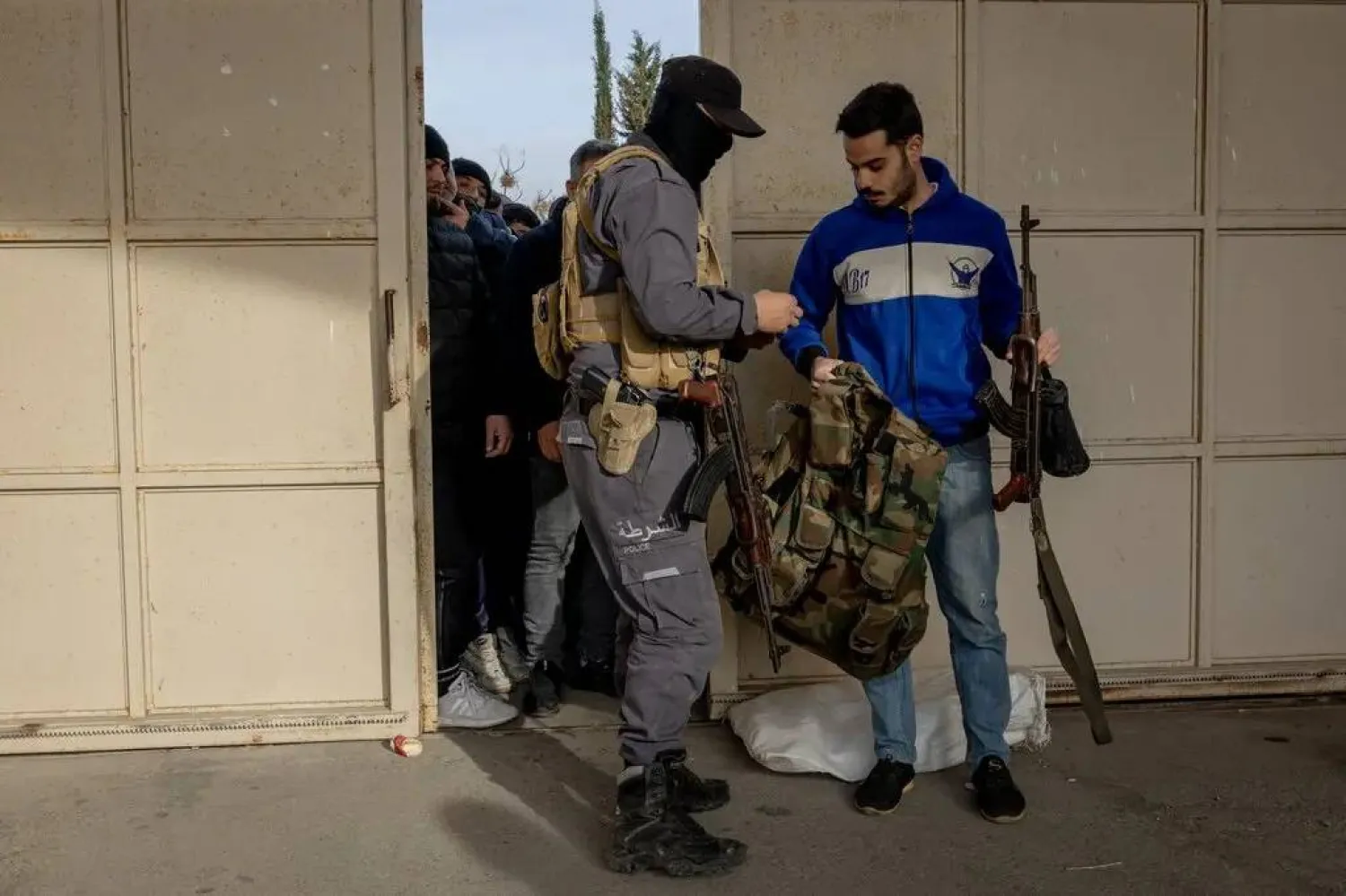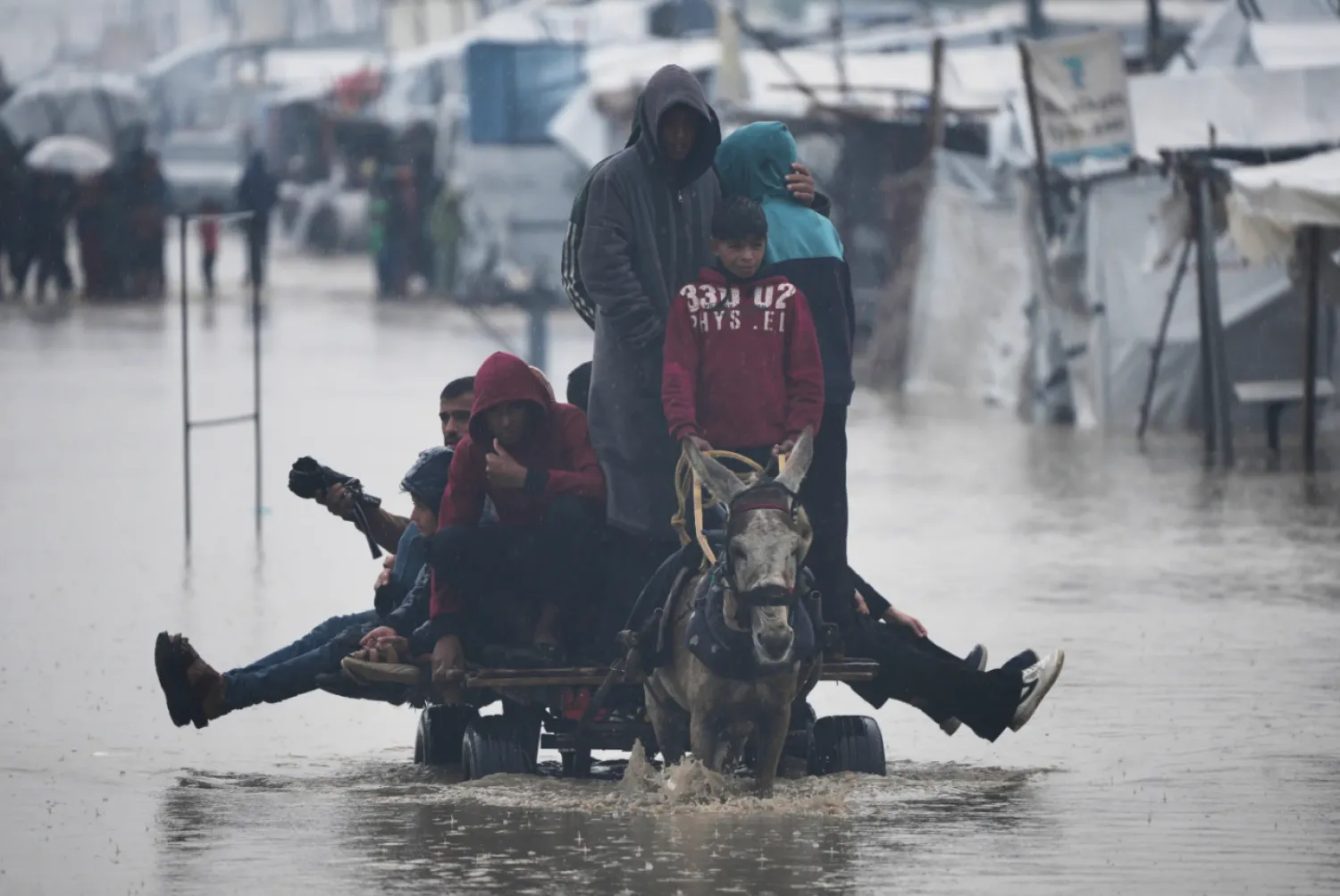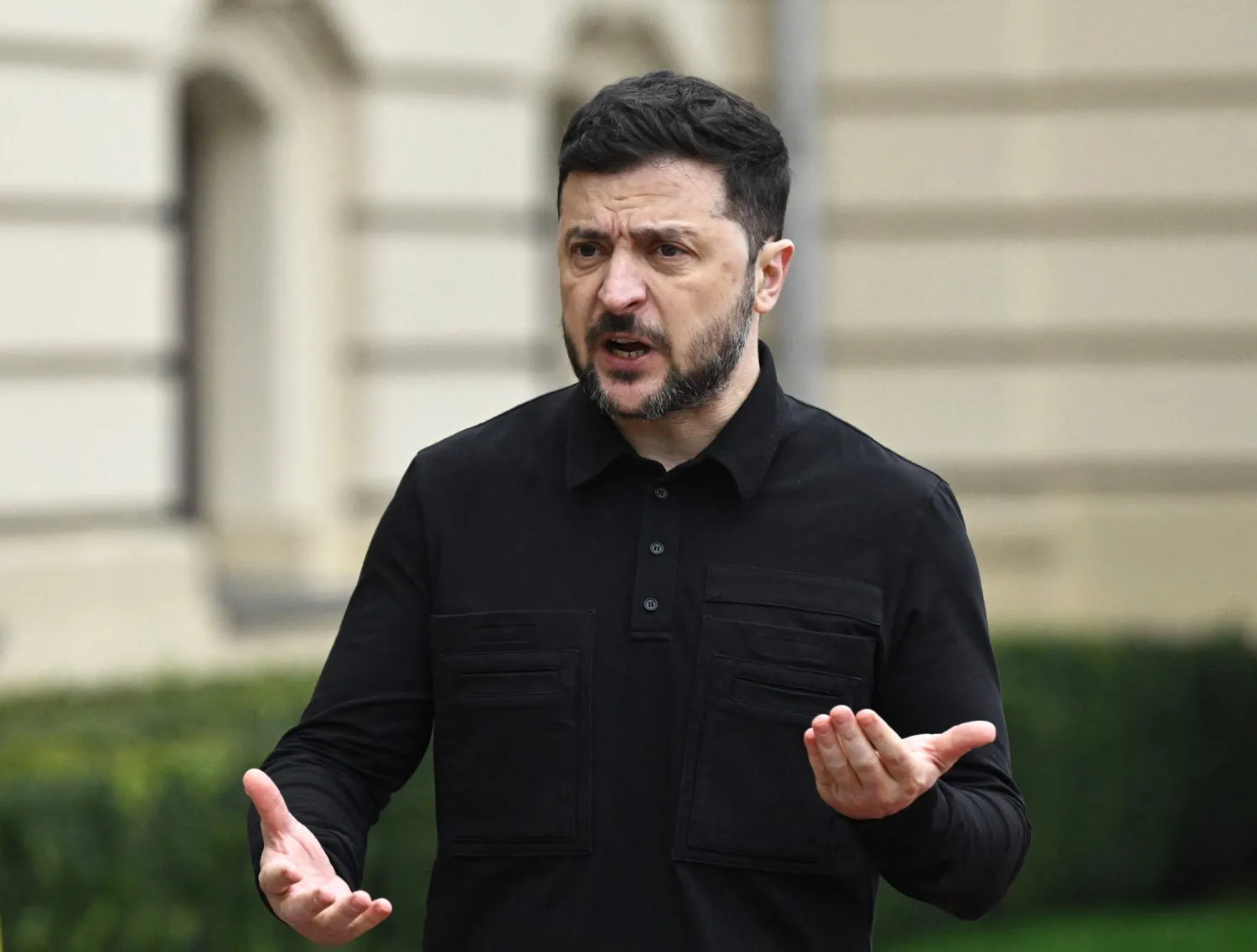At first, the man was just walking across the street. Then he was running for his life. He managed four steps before the blast from the car bomb caught him.
Since then, the last few seconds of Akbar Fazelyar’s life, captured on video during a Taliban attack on Sept. 5, have become one of the most scrutinized moments in Afghanistan, slowed down and watched frame by frame on countless mobile phones and computer screens.
Though violent deaths are appallingly common in this country, Afghans have been seized with fascination and dread by the clip’s reminder of how little separates life from death.
In the United States, the Taliban attack in Kabul, the Afghan capital, was noted because President Trump cited it, along with the death of American and NATO soldiers in the blast, as the reason for calling off negotiations with the insurgents.
In Kabul, it was another painful example of how any corner of the capital — wedding halls, mosques, tuition centers — could suddenly become a battlefield, and of how seemingly everyday decisions could have momentous consequences, bringing disparate lives together at their end.
Alongside the 11 others who lost their lives in the attack that day, what had brought Mr. Fazelyar to his death? A kindness to one of his employees, and the time between one and two cups of tea.
Mr. Fazelyar owned a small shop selling and installing computer and networking equipment. He took life slowly and simply, devout in his religious observances. Single in his mid-30s, his main hobbies were watching cricket and going for a weekly swim in an indoor pool a short walk from his store, his friends say.
Mr. Fazelyar had clients across Kabul, and on the Thursday that he died he had brought an invoice for about $200 to one of them. Usually his assistant, Muhammad Atif, would deliver the invoices. But Mr. Fazelyar decided to take this one himself; the client was a friend he had not seen for awhile.
After presenting the invoice to his friend and client, Ahmadshah Meraj, the two men caught up over a cup of green tea. Mr. Meraj recalled offering Mr. Fazelyar another cup of tea and a car ride to his next stop. Mr. Fazelyar, feeling pressed, apologized for refusing the second cup but accepted the ride — though just to a nearby junction where he could catch a taxi.
Here, security cameras recorded the arrival of more of those whose lives were about to intertwine for a few seconds before their deaths.
At the junction, inside a white S.U.V. waiting to pass through a security checkpoint leading toward the coalition military headquarters, was an American soldier, Sgt. First Class Elis A. Barreto Ortiz, along with a Romanian corporal, Ciprian-Stefan Polschi.
The soldiers were stuck in traffic just as Mr. Fazelyar walked up to the junction after being dropped off there by his friend.
A nondescript van was there, too, inching along near the S.U.V. It looked like any of the gray, private Toyota Town Ace vans that shuttle residents around Kabul in the absence of proper public transport. But this van had no passengers, just a driver who was ready to kill and die, and a payload of explosives.
Suddenly the van swerved to the right through a plastic lane divider. As seen in the video, Mr. Fazelyar seemed to intuit the danger. He took one, two rushed steps, then veered to break into a run. Two steps later, the van struck the white S.U.V., engulfing everything in a ball of fire.
When the smoke cleared, surveillance camera footage — from the American blimps in the sky and Afghan security cameras across the road — showed little left intact at the site of the blast.
The explosion was powerful enough that passengers in vehicles many yards away were seriously injured. Cameras captured the rescue of one of them: Sulaiman Layeq, an 89-year-old poet and former cabinet minister.
The blast nearly brought it all to an end, leaving him deeply dazed and bleeding badly.
The videos show soldiers trying to pry open the door to Mr. Layeq’s car. One emergency worker in a white coat reached in through a window to help stanch his bleeding until he was freed from the car. A soldier lifted the poet onto his back, rushing him to an ambulance.
Days later in the hospital, Mr. Layeq would tell his son over and over that he was proud to have miraculously survived another act of violence by his enemies. Before his brush with death, his morning had started like any other: a breakfast of milk tea and toast in his lonely third-floor apartment.
And Mr. Fazelyar, who did not survive?
“It was as if God was inviting him to himself,” Mr. Atif, the assistant who survived because Mr. Fazelyar took the invoice himself, said outside the shop two days after the bombing.
The store was closed, with a notice in the window showing information about Mr. Fazelyar’s funeral services and his picture. Salesmen gathered outside the shop and consoled each other.
Often the most difficult task after a bombing is figuring out whether someone is dead or alive, and trying to identify a loved one among bodies that are unidentifiable, looking for a hint of cloth, a ring, a watch.
Immediately after the explosion, Mr. Fazelyar’s assistant and fellow salesmen began calling his phone repeatedly to see if was safe. Eventually, it was answered by an intelligence officer who had helped clear the blast site. He broke the news. Mr. Fazelyar’s friends found his body in the morgue, recognizable because in sprinting away from the attack his back had borne the brunt of the damage.
Mr. Fazelyar was buried in his home village in Parwan Province, north of Kabul. Funeral services were held for him in Kabul two days after, at a crowded mosque that hosted nine funerals at the same time, at least two of them victims of the war.
“The whole of Afghanistan saw the video,” said one man, Ezatullah, who was at the mosque for one of the other funerals.
“He even ran from it a few steps, but death sucked him right back in.”
The New York Times









